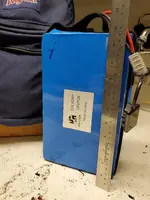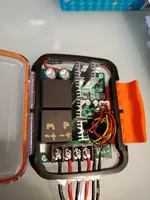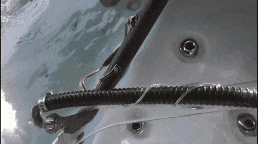Azure
Jr. Member
- Joined
- Oct 5, 2020
- Messages
- 33
- Reaction score
- 47
- Golden Thread
- 0
- Primary Interest:
- All Treasure Hunting
NJ,
Definitely a different environment than the one I visit. Please be free to use and mabey improve my ideas, they have proven to work for me in several different environments around town here.
The river is clear creek west of golden Colorado. It was cold today.
Thanks for sharing your design, looks great.
I've been thinking about designing one myself, what do you think these design ideas below?
- Use a rectangle 6-8 gallon pail, the rectangle shape could allow the sluice to be contained inside the pail.
- Use a lower flow, higher PSI pump with a dryland dredge nozzle to allow blasting loose rocks.
- Use a diaphragm pump 5.8gpm@40PSI, should support a 1/2"-2/3" nozzle
- Or use a flexible impeller pump 9gpm@8.4PSI, should support a 3/4nozzle
Last edited:






